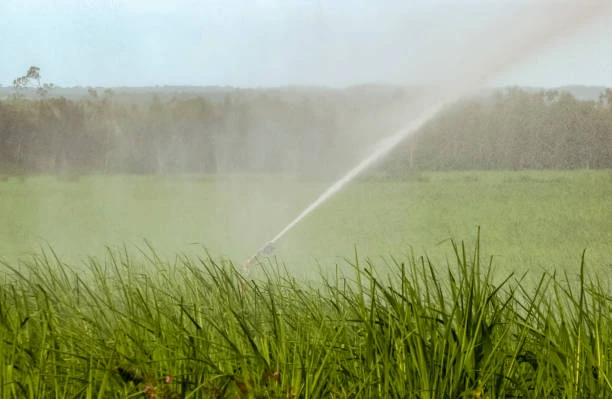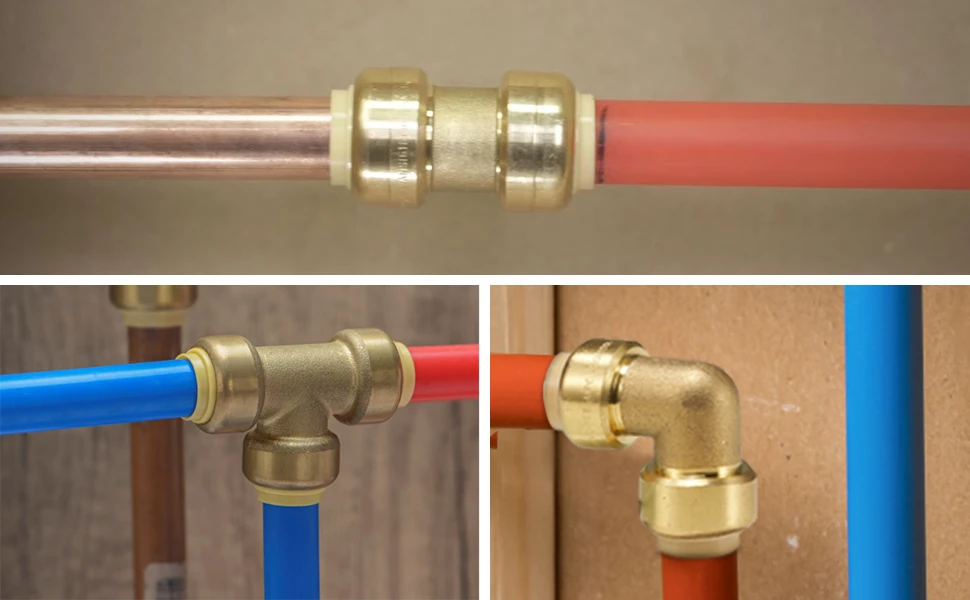In early October, a dramatic incident unfolded in Madrid when a sinkhole suddenly opened up in one of the city’s bustling neighborhoods, swallowing several parked motorcycles. The cause of this unusual event? A broken Water pipe beneath the street. This incident not only left a visible impact on the local community but also highlighted the hidden dangers posed by aging water infrastructure. In this article, we’ll explore how water pipes can lead to sinkholes, the effects of such events on urban areas, and what steps can be taken to prevent them in the future.
Understanding Sinkholes and Water pipe Their Causes
Sinkholes are depressions or holes in the ground that occur when the surface layer collapses into a void beneath. While sinkholes can form for a variety of reasons, they often occur in areas where underground structures, such as water pipes, have deteriorated. A broken water pipe, in particular, can contribute to the erosion of soil, eventually leading to a collapse that forms a sinkhole.
In urban areas, such as Madrid, the risk of sinkholes is higher due to the dense network of water pipes running beneath the streets. These pipes are vital to the city’s infrastructure, transporting water to homes and businesses. When a pipe breaks, it can have a devastating impact not only on water supply but also on the stability of the ground above.
How a Broken Water Pipe Leads to a Sinkhole
When a water pipe breaks, the water that leaks out doesn’t just disappear—it spreads out into the surrounding soil. This water gradually loosens the soil, creating voids beneath the surface. Over time, the ground above can no longer support the weight of vehicles or pedestrians, causing it to collapse and form a sinkhole. This is what happened in Madrid when a broken water pipe led to a large sinkhole that swallowed several motorcycles.

The Process of Water pipe Erosion
Water from a broken pipe doesn’t just leak in one direction; it can spread across a large area, eroding the surrounding soil. The erosion process weakens the structural integrity of the ground above, making it more susceptible to collapse. This phenomenon is particularly problematic in areas where the ground is already weakened by aging infrastructure or poor drainage systems.
As the water seeps deeper into the ground, it can destabilize the soil, causing the surface to give way. This is why it is crucial to address water pipe breaks immediately—failure to do so can lead to the formation of sinkholes and other costly infrastructure problems.
The Role of Aging Infrastructure in Water pipe Failures
One of the most significant contributors to water pipe breaks and sinkholes is aging infrastructure. Many cities, including Madrid, rely on water pipes that were installed decades ago. Over time, these pipes deteriorate due to wear and tear, corrosion, and the pressures of carrying water under varying conditions.
Corrosion and Water pipe Wear
The materials used in older water pipes, such as cast iron and steel, are more prone to corrosion. When the pipes rust, small leaks can form, gradually causing larger breaks. Once a water pipe ruptures, the water escaping from it can cause significant erosion of the soil, increasing the likelihood of sinkhole formation.
Lack of Water pipe Regular Maintenance
In many cities, the maintenance of water systems is not as frequent or thorough as it should be. Regular inspections and repairs are vital to ensuring that water pipes remain intact and functional. However, in areas with aging infrastructure, maintenance schedules are often inadequate, leading to situations where small issues snowball into major problems, such as sinkholes.
Pressure and Water pipe Stress
Water pipes are under constant pressure, and over time, this pressure can cause them to weaken, especially if they are not designed to handle modern demands. Cities with increasing populations and higher water consumption put more strain on their water systems. Pipes that are already aged and under stress are more likely to fail, causing issues like those seen in Madrid.
The Impact on Madrid and Its Residents
The incident in Madrid served as a reminder of how water pipe failures can disrupt daily life. Although the immediate damage involved the loss of several motorcycles, the consequences of such an event are far-reaching. Let’s explore some of the key impacts of a water pipe failure in a densely populated urban area like Madrid.
Property Damage and Safety Hazards
The sinkhole that formed after the water pipe break was large enough to swallow several parked motorcycles, causing significant property damage. The safety risk for pedestrians and vehicles was also considerable. Sinkholes can form without warning, and if a person or vehicle is in the wrong place at the wrong time, the results can be catastrophic.
Motorcycles and cars are not the only property at risk. Homes and businesses that sit above or near water pipes are vulnerable to structural damage if the ground below them becomes unstable. In some cases, entire streets or buildings may need to be evacuated for safety purposes.
Traffic Disruptions
Madrid, like most large cities, experiences heavy traffic on a daily basis. When a sinkhole occurs, it often requires the closure of surrounding roads. In the case of this water pipe failure, local authorities had to close off streets for repairs, causing significant disruptions for commuters. In urban areas, sinkholes can lead to hours, sometimes even days, of traffic jams and delays, especially if the affected area is central to the city’s transportation network.
Economic Consequences
Beyond property damage and safety concerns, sinkholes and water pipe failures have a significant economic impact. The cost of repairing infrastructure can be astronomical, especially in cities where water systems are complex and widespread. Moreover, the closure of streets and disruption to traffic can harm local businesses that rely on foot traffic or deliveries.
What Can Be Done to Prevent Sinkholes Caused by Water Pipes?
Preventing sinkholes caused by water pipe failures requires a combination of better infrastructure management, regular maintenance, and proactive measures to ensure water systems remain functional. Here are some strategies that can help reduce the likelihood of such incidents:
1. Regular Inspections and Maintenance
Routine inspections of water pipes can identify weak points or early signs of corrosion that could lead to pipe failure. Cities should invest in more frequent inspections and repair programs to prevent water pipe breaks before they cause significant damage.
2. Upgrading Aging Infrastructure
Replacing older water pipes with newer, more durable materials is one of the most effective ways to prevent sinkholes. Modern pipes made from materials like PVC or ductile iron are less prone to corrosion and can withstand higher pressures than older materials.
3. Improved Drainage Systems
Cities should also focus on improving their drainage systems to prevent excess water from pooling around water pipes. Proper drainage reduces the chances of soil erosion, which can weaken the ground and increase the risk of sinkholes.
4. Use of Technology
Advanced technology such as sensors and monitoring systems can help detect changes in water pressure or soil conditions before they escalate into major issues. Implementing these technologies can allow authorities to respond quickly to problems and prevent larger failures.
Conclusion
The sinkhole in Madrid caused by a water pipe failure highlights the vulnerabilities of urban infrastructure. While sinkholes are rare, they can have devastating consequences, especially when caused by something as seemingly innocuous as a broken water pipe. By investing in regular maintenance, upgrading aging infrastructure, and using advanced technologies, cities can reduce the risks associated with water pipe failures and protect residents from future incidents.
FAQs
1. What causes a sinkhole in urban areas?
Sinkholes in urban areas are often caused by the failure of underground infrastructure, such as water pipes. When a water pipe breaks, the water can erode the surrounding soil, eventually leading to a collapse of the ground above.
2. How can I tell if my water pipes are at risk of breaking?
Look for signs like low water pressure, discolored water, or frequent pipe leaks. If your water pipes are old or made from materials prone to corrosion, consider having them inspected by a professional plumber.
3. What should I do if a sinkhole appears near my home?
If a sinkhole appears near your property, immediately contact local authorities and evacuate the area for safety. Do not attempt to cross or drive over the sinkhole until it has been properly assessed and secured.
4. How long do water pipes typically last?
The lifespan of water pipes depends on the material and installation method. Copper pipes can last 50-70 years, while cast iron pipes may last 50-100 years. However, aging pipes can begin to deteriorate much earlier, especially if they are poorly maintained.
5. Can a water pipe break cause flooding?
Yes, a broken water pipe can cause flooding, especially if the break occurs near a large water main. The water can quickly spread to streets and properties, causing damage


















